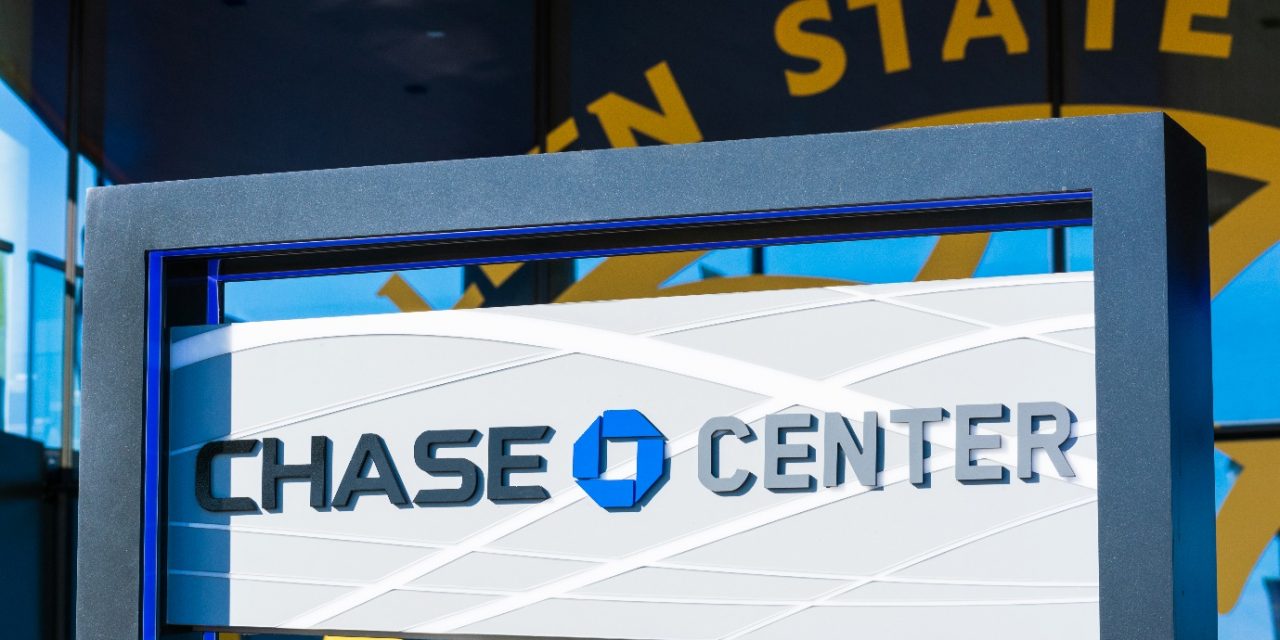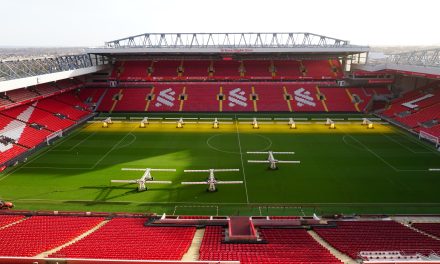The Golden State Warriors’ logo features the Bay Bridge in all its splendour – a firm, unmoving presence that stands the test of the tides and climate, steadfast against all the earth throws at it. In the previous few seasons, the team has been a reflection of the vast, domineering structure emblazoned upon its uniforms. The Warriors won the NBA finals for four years in succession between 2015 and 2018, and finished as runners up in 2019 – a period of dominance that saw the team lay claim to be considered among the best in NBA history.
But this season, the fortress walls that the Warriors have built up have begun to crumble like eroded rocks into the San Francisco Bay. Having been among the favourites in 2020 NBA odds before the season, they currently sit bottom of the Western Conference, with a disastrous record of 9 wins and 33 losses. It’s been a fall from grace the like of which the NBA has rarely seen – a rude, harsh awakening to the realisation that professional sport takes no prisoners, that liberties can’t be taken if such remarkable success is to be maintained.

Jan 12, 2020; Memphis, Tennessee, USA; Golden State Warriors guard D’Angelo Russell (0) goes to the basket against Memphis Grizzlies guard Dillon Brooks (24) during the first half at FedExForum. Mandatory Credit: Justin Ford-USA TODAY Sports
It’s a demise that has its roots in last season’s NBA finals, where the Warriors ultimately lost out to the Toronto Raptors. Both Kevin Durant and Klay Thompson suffered injuries early in the series, leaving high pressure and expectations heavy upon the shoulders of star man Steph Curry. The Raptors won the series 4-2 to pick up their first NBA Championship title, and the Warriors were left licking their wounds and lamenting the cruel, unfamiliar feeling of defeat.
Flash forward to the beginning of the 2019-20 campaign, and more blows would come the Warriors way – in a very real sense. In their game against the Phoenix Suns at the Chase Center in November, the Suns’ Aron Baynes landed with all his weight on Curry following a collision, breaking the point guard’s left hand and simultaneously crushing the hopes and spirit of many Warriors fans.
Since then, it has been a season to forget. With Curry out for a number of months, disappointment has followed disappointment, and this once seemingly invincible winning machine now bears little resemblance to the side that was so dominant in winning those four consecutive Championships.

Jan 18, 2020; San Francisco, California, USA; Golden State Warriors guard Stephen Curry (30) congratulates guard D’Angelo Russell (0) during the fourth quarter against the Orlando Magic at Chase Center. Mandatory Credit: Darren Yamashita-USA TODAY Sports
Of course, periods of success come and go in the NBA. Teams experience their golden eras and fade into the background once again as greater sides come to the fore. But rarely does it happen with such sudden shock as the demise of this Warriors team. This has been an unforeseen plunge into the icy waters of ineptitude, a team rendered impotent by the loss of their inspirational figureheads to injury, unable to reverse the trend of mediocrity simply because they had become so used to supremacy.
When Curry returns, the Warriors will look to start afresh and recover the pride that has been so violently torn away from them, mainly through their own inability to cope with unfortunate circumstances. Although Durant departed in the off-season, this team still has the basis of the side that was so dominant for five years, and it is hoped that a resurgent Curry will trigger a resurgence among his teammates.
The question is what affect this sudden slide will have had upon players, coaches and fans alike. Has this unanticipated decline been so severe that the galling, brutal effects of regular defeat will prove to be irrevocable? The hope among Warriors fans, and those who so much enjoyed the fine displays Curry and the Warriors gave us over the past few years, is that those performances are not consigned to the past – that from this horrid, sinking wreckage, the NBA’s fallen giants may rise again.











